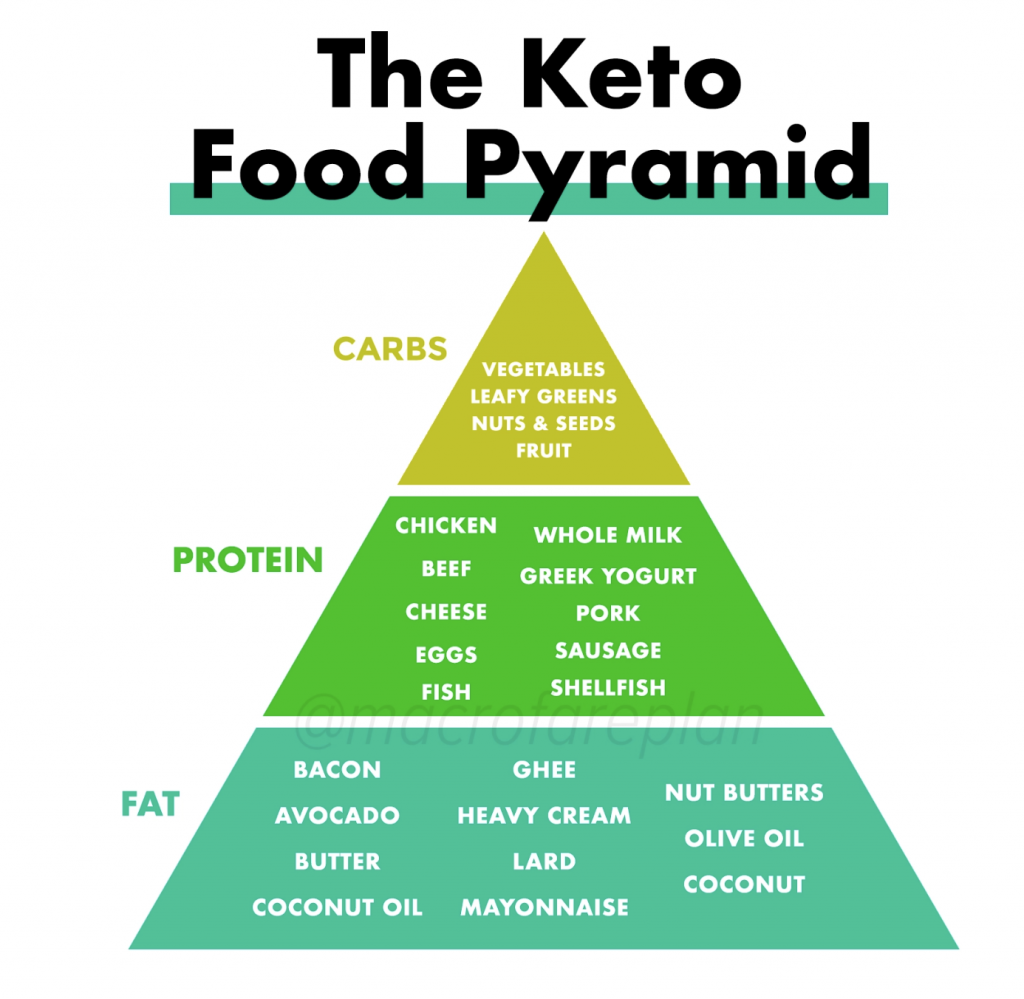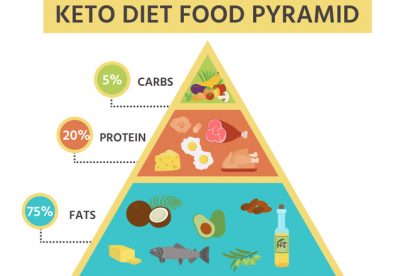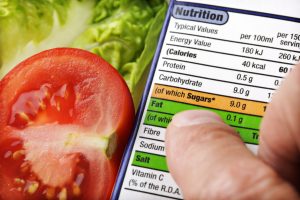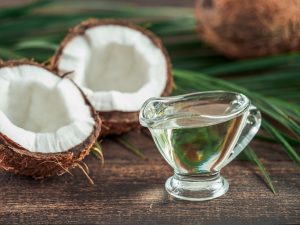The ketogenic diet, often shortened to keto, has been around for decades but has recently experienced a surge in popularity. Initially used as a treatment for drug-resistant epilepsy in children, keto’s reported health benefits include accelerated body fat loss, improved blood lipid profiles, better blood sugar control, increased mental clarity, and more. Many scientific studies have been done (and more are being done) to elucidate the wide-ranging effects that this way of eating can have on a person.
Why Ketosis?
The goal of a ketogenic diet is to eat foods that help your body enter a metabolic state known as “ketosis.” When you’re in ketosis, you end up using compounds called “ketone bodies” for fuel. Ketones are derived from body fat.
You read that correctly: in ketosis, your body uses stored fat and converts it into fuel for energy. This is why the diet has been shown to be so effective for helping people lose a lot of weight, among other benefits. Not such a bad deal, right?
Now, there are a few ways to get into ketosis, but the simplest and most sustainable way is to deprive your body of carbohydrates. Why? Because carbs are your body’s “preferred” source of fuel. If given the choice, the body will break down carbs from the food you eat, convert them into glucose (sugar), and use this to provide energy to your cells and tissues. But without a lot of carbs in your diet, your body is essentially “forced” to draw on fat stores instead. With time, your body actually becomes “fat-adapted,” meaning it’s super efficient at burning its own fat stores for energy.
This is why keto is designed as a high fat, low carb, moderate protein diet. While certainly “extreme” compared to the standard American diet, keto is generally thought to be safe and effective for many people (though it’s always a good idea to chat with your doctor before making any drastic changes to the way you eat).
The Essential Keto Shopping List: What to Eat on a Ketogenic Diet
So, what to eat on a ketogenic diet? The first thing to keep in mind is what not to eat: carb-heavy foods. Of course, you can and will consume some carbohydrates on keto, but the total amount of this macronutrient should clock in at less than around 20 to 50 net grams per day (to determine net carbs, you simply subtract the amount of fiber you eat from the amount of carbs you eat).
In other words, carbs should account for about 5-10% of your daily caloric intake on keto (not a whole lot), while about 70-75% and 20-25% of your calories should come from fat and protein, respectively.
This means that things like bread, fruit, pasta, rice, oatmeal, potatoes, legumes, candy, sugary dressings and condiments, soda, alcohol, and most processed junk is off the table…leaving you with a diverse range of delicious and healthy foods to eat instead. Here’s your basic keto shopping list to keep handy:
- Low-carb veggies. Veggies give you all the fiber and micronutrients you need for health without overloading you on carbs (unlike most fruit). Stick with green and above-ground produce like broccoli, bok choy, spinach, kale, cauliflower, green beans, and lettuce.
- Berries. Blackberries, blueberries, and raspberries are relatively low on the glycemic index and loaded with antioxidants and other nutrients, so although they’re fruit they are okay to eat in moderation.
- Avocados, olives, and coconut (including the milk, butter, and meat). These are all great for snacking and rich in healthy fats (including saturated, monounsaturated, and polyunsaturated fats).
- Meat. Just about any type of animal will do—and don’t shy away from the fattier cuts, either! Mix it up with beef, chicken, fish, oysters, lobster, turkey, lamb, bacon, sausage, pork chops, eggs, and organ meats like liver.
- Oils. Think butter, ghee, coconut oil, flaxseed oil, avocado oil, olive oil, and medium chain triglyceride (MCT) oil. Healthy oils are super versatile: use to saute, roast, drizzle over veggies, mix into your coffee or smoothie, and more.
- Nuts and seeds. These are good in moderation—just avoid the temptation to mindlessly snack on them, since they do contain carbs and can cause gastrointestinal problems if you eat too many. Some of the best options include walnuts, Brazil nuts, chia seeds, and macadamia nuts.
- Full fat dairy. If you can tolerate lactose, feel free to eat full fat dairy products including hard and/or minimally processed cheeses and heavy cream.
Lastly, if you simply must use artificial sweeteners, stick with natural options like Stevia and monkfruit (but if you can kick the sweet tooth, all the better!).
Keeping Track of Your Macros on Keto
As you can imagine, it’s not super easy to tally up how many grams of carbs, fats, and proteins you’re consuming if you’re not using some sort of tracking method. And it is helpful to track your macros on keto, for a few reasons:
- You want to make sure you’re not consuming too many carbs, since this will kick you out of ketosis.
- You also want to make sure you’re not consuming too much protein, because some evidence suggests that an excess can kick you out of ketosis as well. A standard daily intake goal to aim for is around 0.8 to 1.2 grams of protein per lb of lean body mass. In other words, you don’t want to tip the scale towards too little nor too much protein—it’s important to get just enough to support health and fitness.
- Lastly, you want to make sure you’re eating enough of those quality fats (avoid trans fat, partially hydrogenated fats, and vegetable oils). Because fat is so calorically dense (9 calories per gram compared to 4 calories per gram of both carbs and protein), it shouldn’t be too challenging to eat enough of them. But for those of us breaking the bonds of past misinformation which told us for decades that eating fat is bad for you, it may feel a little unusual to load up on the oils and animal products.
With MacroFare, you can remove the guesswork and instead utilize a customized macro-tracking system to help you master your keto goals. Click here to get started!




